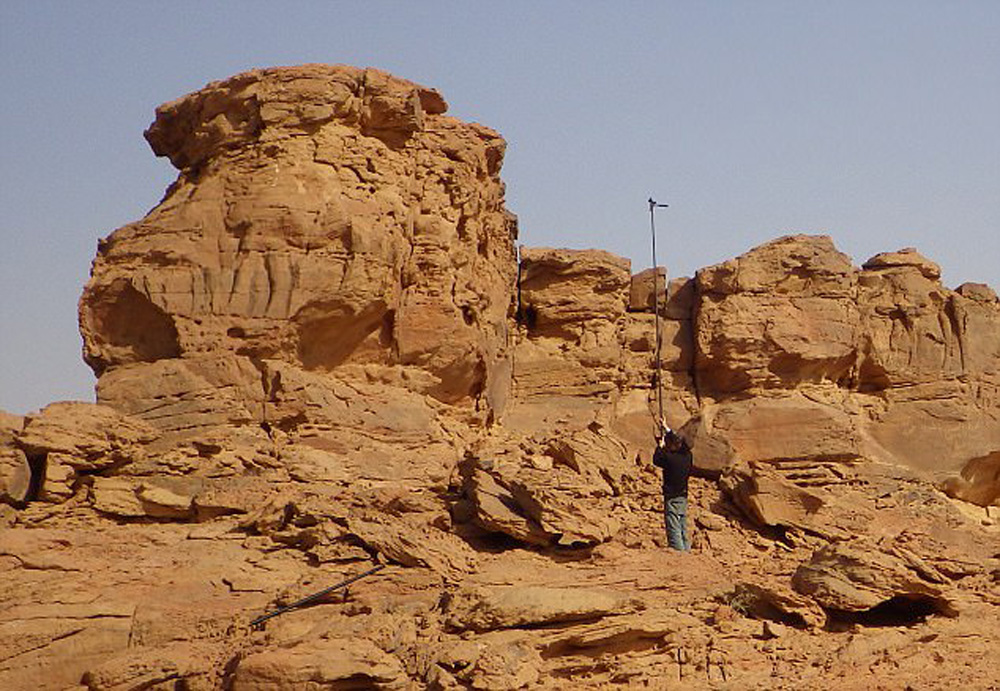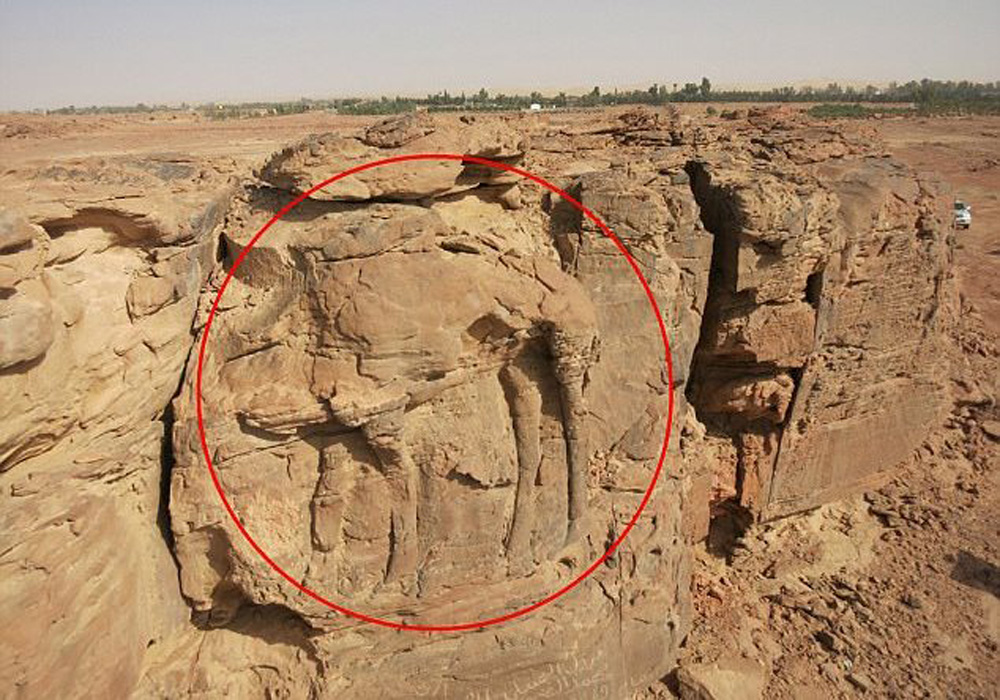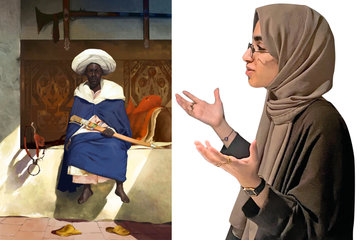
In the middle of the Saudi Arabian desert, a Franco-Saudi research team has uncovered about a dozen or so life-sized camel art, estimated to be around 2,000 years old, carved into three rocky spurs. According to Daily Mail, the “Camel site” where these somewhat eroded sculptures were found is located in the province of Al Jawf.

The two-year-long study was conducted by researchers based at the Centre National de la Recherche Scientifique (CNRS) in France and colleagues from the Saudi Commission for Tourism and National Heritage (SCTH), who explored the site in 2016 and 2017.
Dr. Guillaume Charloux, a research engineer at CNRS, explained that although “natural erosion has partly destroyed some of the works, as well as any traces of tools, we were able to identify a dozen or so reliefs of varying depths representing camelids and equids.” A recent article in Science Daily detailed one scene in particular that features a dromedary meeting a donkey, an animal that seems to be rarely represented in rock art.

The piece also explained that the site and its sculptures demonstrate “indisputable technical skills,” differing from others found in the Kingdom that depict much simpler engravings. Newsweek reported that some of the sculptures were so high up that ropes or scaffolding must have been used in order to carve them into the rock face.

The archaeologists have not yet discerned the exact purpose of the carvings in such a remote area. They suggest the area may have once been a place of worship, or that the camels, which protrude slightly from their stone background, were used as boundary markers.

















